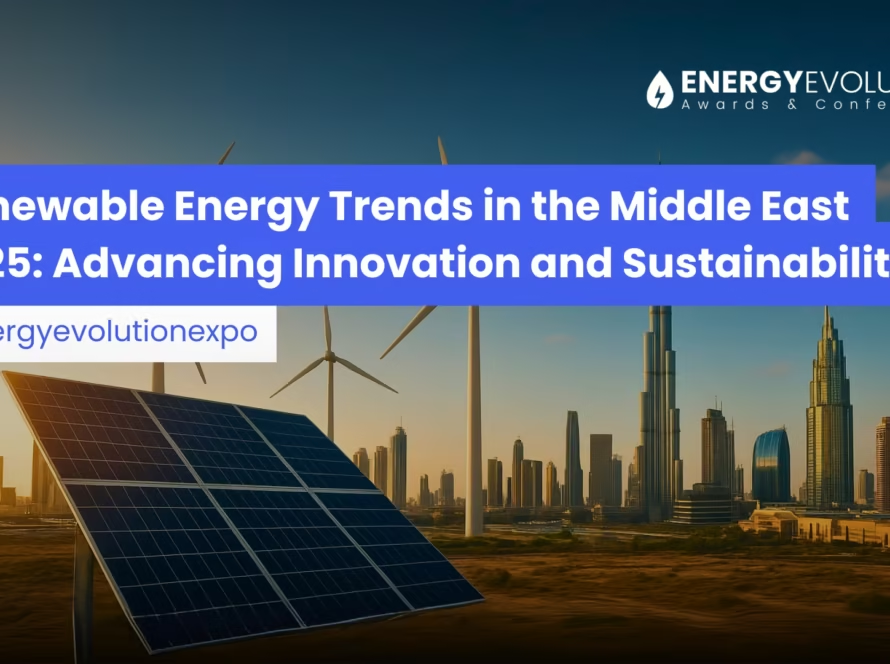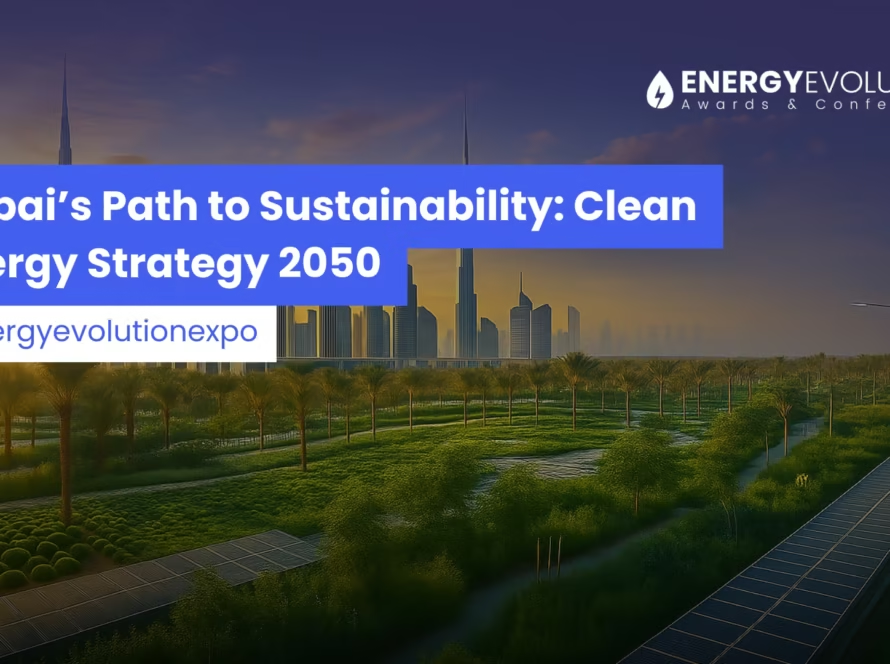Energy evolution in 2025 is defined by decarbonization, decentralization, and digitization—driving a global shift to sustainable, AI-powered clean energy. The year 2025 stands as a defining moment in the global energy transformation.
As innovation, decarbonization, and digitalization converge, the energy landscape is rapidly evolving toward a more sustainable, equitable, and low-carbon future. Governments, corporations, and communities worldwide are reimagining how energy is produced, distributed, and consumed — ushering in the era of Energy 4.0.
Key Trends Defining Energy Evolution in 2025
The modern energy ecosystem is built on three interlinked pillars: decarbonization, decentralization, and digitization. Together, they are reshaping the global energy narrative.
Decarbonization has become the backbone of the energy transition, driven by rapid renewable energy integration. In 2025, renewables account for nearly 90% of all new global power capacity installations. Solar, wind, and hydro technologies are no longer alternatives — they are foundational to net-zero strategies. Nations across Europe and Asia are now investing heavily in large-scale clean energy infrastructure to phase out fossil dependency and accelerate their climate goals.
Decentralization empowers communities and industries with localized energy solutions. From rooftop solar panels in urban areas to community-based microgrids and small wind farms in rural regions, distributed energy systems are strengthening energy access and resilience. Emerging economies, particularly in Africa and the Middle East, are adopting hybrid systems that combine solar energy with small-scale irrigation and agritech applications to ensure both energy security and food sustainability.
Digitization is revolutionizing power management and grid intelligence. Artificial intelligence, the Internet of Things (IoT), and predictive analytics are enabling smarter forecasting, grid automation, and efficient energy trading. Companies like Shell are using AI to optimize electric vehicle (EV) charging infrastructure and regulate energy distribution in increasingly complex grids.
Innovation Driving the Global Energy Transition
Technological breakthroughs in battery storage and smart grids are reinforcing the world’s renewable shift. Advanced energy storage ensures stable power supply even during intermittent periods, while predictive analytics in grid systems enhance performance and minimize downtime.
Green Hydrogen Expansion: Europe’s hydrogen corridors and Japan’s fuel-cell development projects are leading examples of industrial decarbonization. Hydrogen is rapidly emerging as a clean substitute for natural gas in manufacturing, mobility, and heating.
AI-Powered Smart Grids: Singapore and Dubai are implementing AI-enabled grid systems to optimize power flow, reducing transmission losses by up to 15%.
Corporate Transition Models: Enterprises like Aptech Africa are pioneering integrated renewable energy systems that combine solar power and water-efficient agriculture, advancing sustainable rural development.
These innovations collectively pave the way for a just energy transition — one that harmonizes economic growth with environmental stewardship and equitable access.
The Energy Evolution Awards & Conference 2026
Looking ahead, the Energy Evolution Awards & Conference 2026 will spotlight breakthrough technologies, policy frameworks, and business models driving global energy sustainability. The event will bring together energy leaders, innovators, and policymakers to discuss actionable pathways toward net-zero, explore new hydrogen and storage technologies, and celebrate organizations accelerating the clean energy transformation. With sessions on digital grid modernization, carbon analytics, and circular energy systems, the 2026 edition promises to set the benchmark for innovation in the Energy 4.0 era.
As the world moves deeper into an electrified and digitalized future, 2025 marks the threshold of a new global energy narrative — one driven by innovation, inclusion, and sustainability. The journey toward Energy 4.0 has only begun — and 2025 stands as the year that set the world on a sustainable path powered by innovation.




